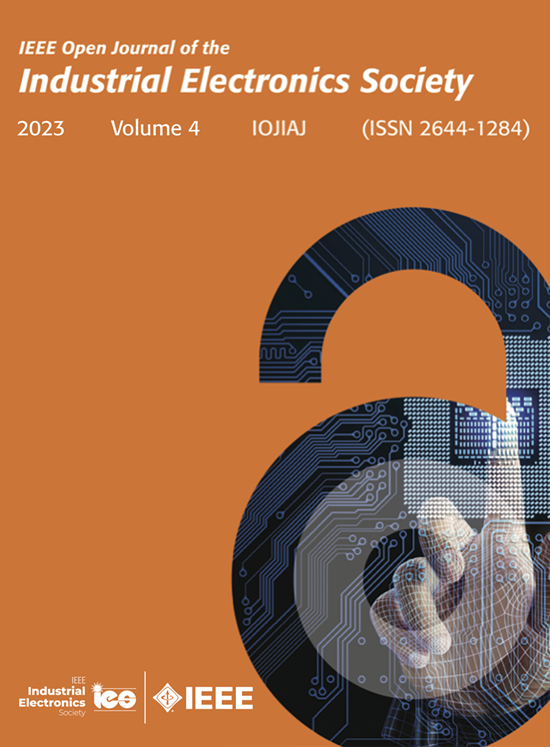On-Board Deployability of a Deep Learning-Based System for Distraction and Inattention Detection
IF 4.3
Q1 ENGINEERING, ELECTRICAL & ELECTRONIC
IEEE Open Journal of the Industrial Electronics Society
Pub Date : 2025-08-22
DOI:10.1109/OJIES.2025.3601982
引用次数: 0
Abstract
Driver distraction recognition is gaining increasing interest in improving traffic safety, as well as in automated driving. This article reports the experience we have gained developing a driver distraction detection (DDD) system within the Hi-Drive research project on driving automation. Targeting on-board deployability, we have faced several leading-edge research issues that have not been addressed together in published research works. We propose a compact sensory configuration and a limited computational resource system architecture, also exploiting careful manual and automated labeling, trying to find a tradeoff among conflicting needs in terms of accuracy, privacy preservation, energy efficiency, and costs. Our system detects two levels of insufficient attention, which are keys not only for designing a proper driver warning and information management strategy but also for better managing the transition among different automation levels. Our experiments confirmed on real-world data, and in the three-class task, the importance of distinguishing users among training, validation, and testing to prevent overestimating model performance by overfitting individual participant patterns present in all three subsets. We analyzed the complexity of the three-class problem, which is also related to the relatively low representation of the intermediate distraction class in the dataset. We showed that the size of the classifiable time window is a critical performance factor and found that a 5 s length seems to achieve the best tradeoff between latency, time resolution, and the need for capturing sufficient temporal information to detect distraction. Another empirical finding comes from a SHAP values-based explainability analysis and concerns the importance of vehicular signals for the detection task, particularly in the three-class problem. This is significant, as such signals are inexpensively available in vehicles, and their processing does not add further privacy concerns. Finally, assessing performance on three state-of-the-art embedded platforms, we observed that the developed deep learning models are able to effectively run on limited-resource, on-board deployable devices, meeting real-time performance requirements, also on a mainstream, low-cost microcontroller. We argue that these findings open significant perspectives toward an effective and efficient field deployment of DDD electronic systems.基于深度学习的分心和注意力不集中检测系统的车载可部署性
驾驶员分心识别在提高交通安全以及自动驾驶方面越来越受到关注。本文报告了我们在驾驶自动化Hi-Drive研究项目中开发驾驶员分心检测(DDD)系统的经验。针对机载可部署性,我们面临着几个前沿研究问题,这些问题在已发表的研究工作中没有一起解决。我们提出了一种紧凑的感官配置和有限的计算资源系统架构,同时也利用了谨慎的手动和自动标签,试图在准确性、隐私保护、能源效率和成本等相互冲突的需求之间找到权衡。我们的系统检测了两种级别的注意力不足,这不仅是设计适当的驾驶员警告和信息管理策略的关键,也是更好地管理不同自动化级别之间转换的关键。我们的实验在真实世界的数据上证实,在三类任务中,在训练、验证和测试中区分用户的重要性,以防止通过过度拟合所有三个子集中存在的个体参与者模式来高估模型性能。我们分析了三类问题的复杂性,这也与数据集中中间分心类的相对较低的表示有关。我们发现,可分类时间窗口的大小是一个关键的性能因素,并发现5秒的长度似乎在延迟、时间分辨率和捕获足够的时间信息以检测分心的需求之间实现了最佳权衡。另一个实证发现来自基于SHAP值的可解释性分析,并关注车辆信号对检测任务的重要性,特别是在三类问题中。这一点很重要,因为这种信号在汽车上很便宜,而且它们的处理不会增加进一步的隐私问题。最后,在三个最先进的嵌入式平台上评估性能,我们观察到开发的深度学习模型能够有效地运行在资源有限的板载可部署设备上,满足实时性能要求,也可以在主流的低成本微控制器上运行。我们认为,这些发现为DDD电子系统的有效和高效的现场部署开辟了重要的前景。
本文章由计算机程序翻译,如有差异,请以英文原文为准。
求助全文
约1分钟内获得全文
求助全文
来源期刊

IEEE Open Journal of the Industrial Electronics Society
ENGINEERING, ELECTRICAL & ELECTRONIC-
CiteScore
10.80
自引率
2.40%
发文量
33
审稿时长
12 weeks
期刊介绍:
The IEEE Open Journal of the Industrial Electronics Society is dedicated to advancing information-intensive, knowledge-based automation, and digitalization, aiming to enhance various industrial and infrastructural ecosystems including energy, mobility, health, and home/building infrastructure. Encompassing a range of techniques leveraging data and information acquisition, analysis, manipulation, and distribution, the journal strives to achieve greater flexibility, efficiency, effectiveness, reliability, and security within digitalized and networked environments.
Our scope provides a platform for discourse and dissemination of the latest developments in numerous research and innovation areas. These include electrical components and systems, smart grids, industrial cyber-physical systems, motion control, robotics and mechatronics, sensors and actuators, factory and building communication and automation, industrial digitalization, flexible and reconfigurable manufacturing, assistant systems, industrial applications of artificial intelligence and data science, as well as the implementation of machine learning, artificial neural networks, and fuzzy logic. Additionally, we explore human factors in digitalized and networked ecosystems. Join us in exploring and shaping the future of industrial electronics and digitalization.
 求助内容:
求助内容: 应助结果提醒方式:
应助结果提醒方式:


